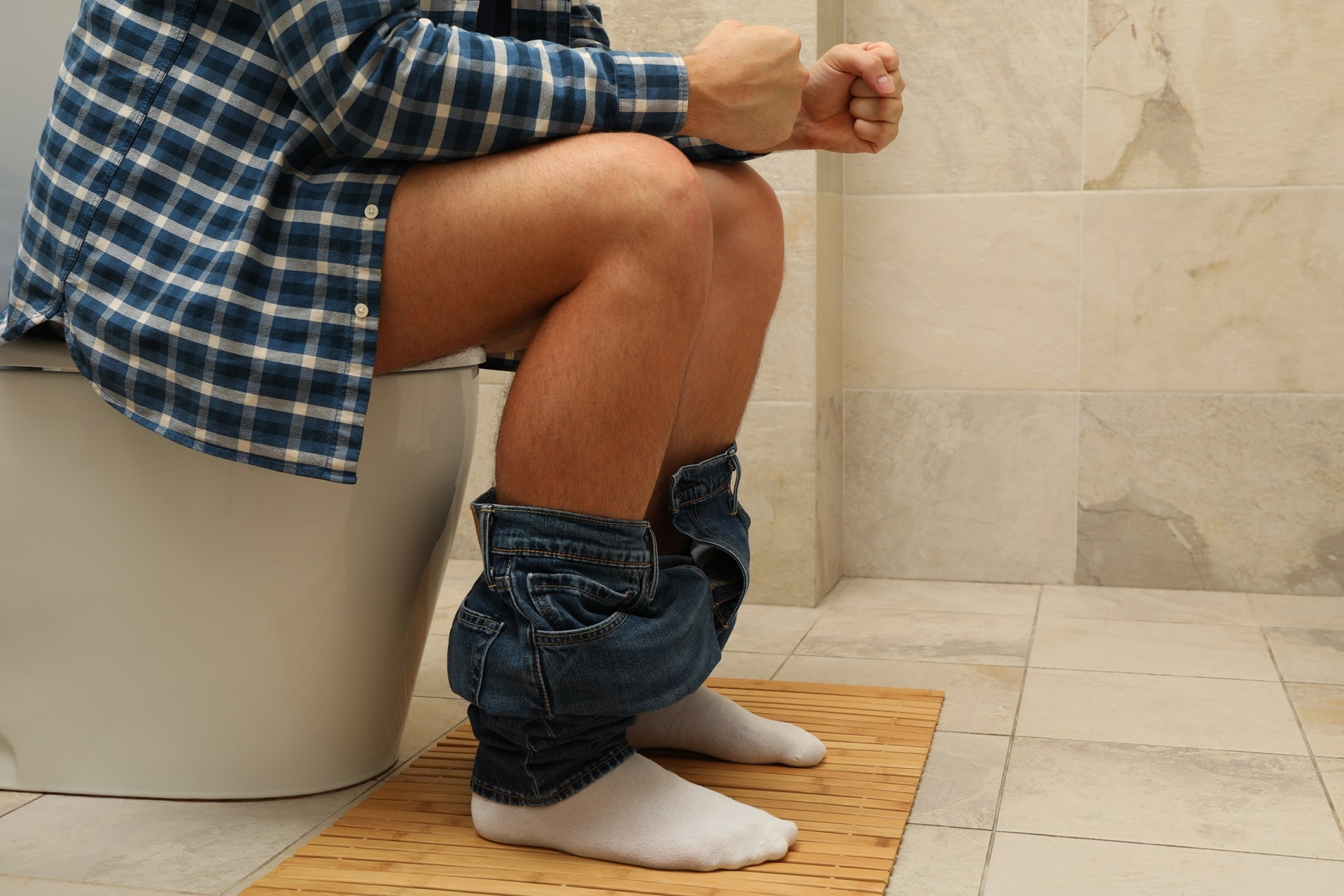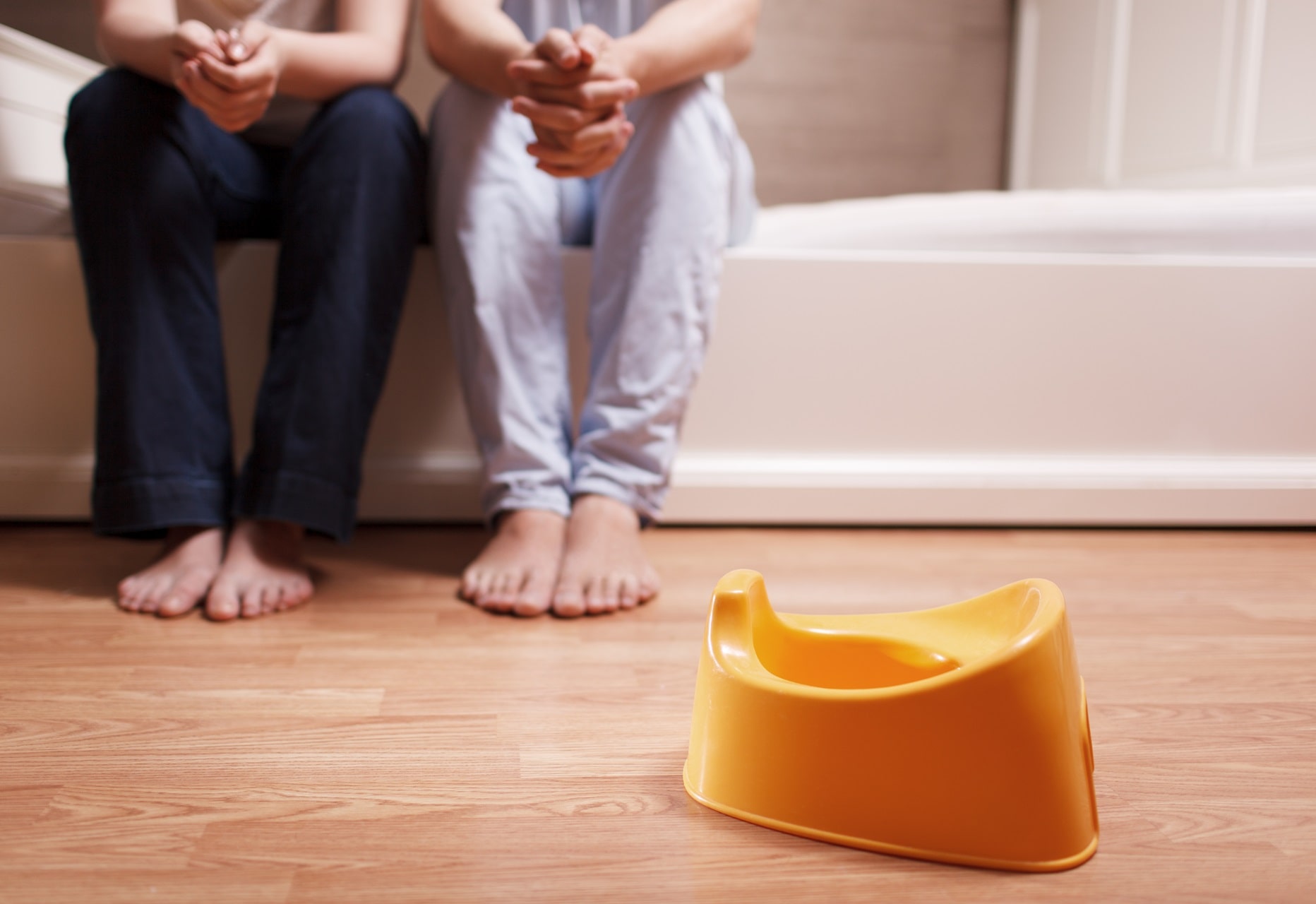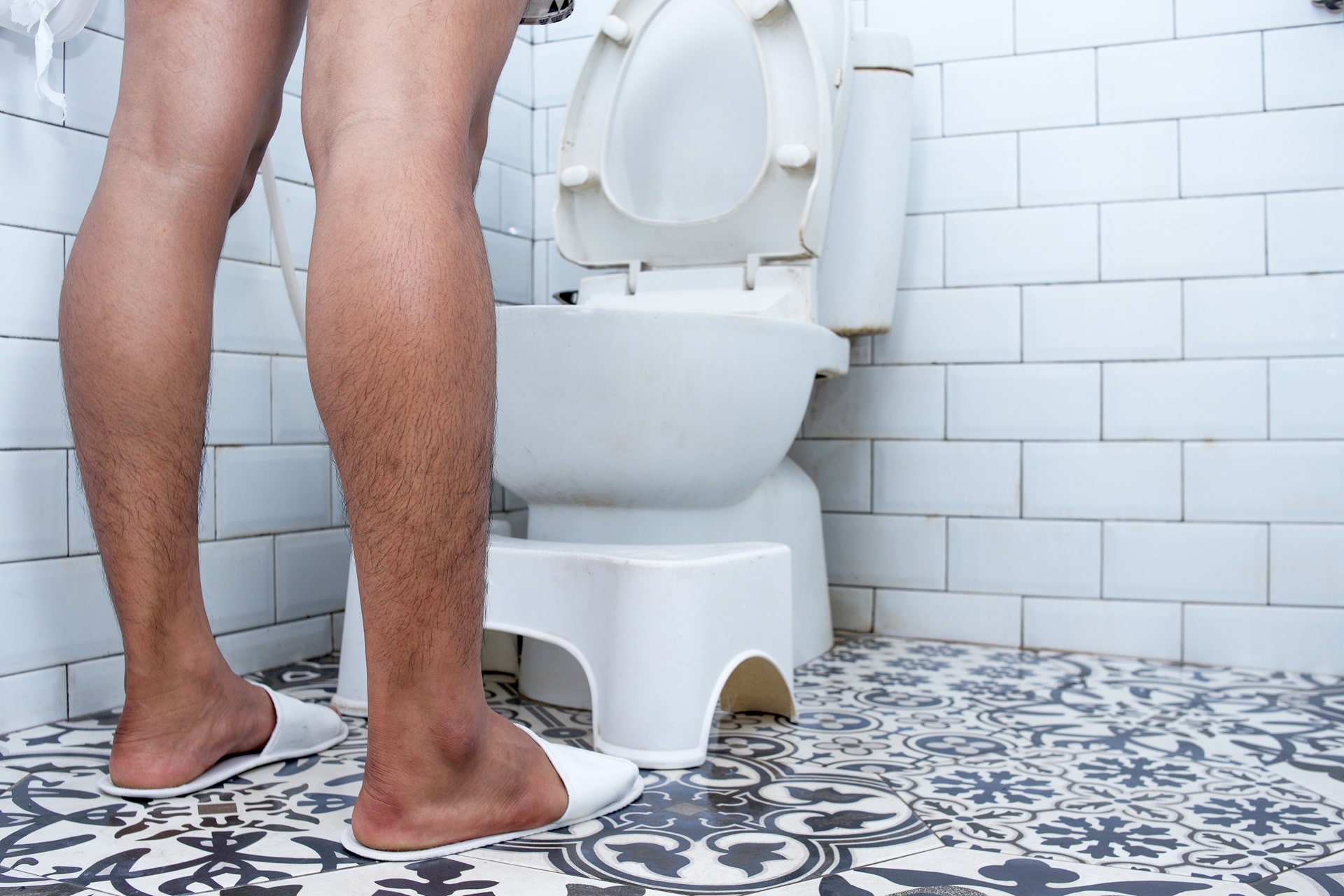The urinary tract structure is called the urethra. Urethral stricture is when the urethra is narrow for some reasons. This structure may be narrow due to edema or previous operations, trauma or infection. Stenosis caused by these conditions can slow down or completely interrupt the flow of urine through the tube. Urethral stricture is characterized by difficulty urinating. Pain may also occur during urination. Men over 55 years of age are the group most affected by urethral stricture. Urethral stricture is more common in men, but it can also occur in women.
What causes urethral stricture?
Urethral stricture can be caused by many different conditions. In some patients, the actual cause of this condition may never be revealed. But in general, urethral stricture is divided into four groups. Iatrogenic, idiopathic, inflammatory and traumatic. The causes can be summarized as follows:
Iatrogenic urethral stricture
It is used to describe adverse/undesirable conditions that occur during or as a result of medical procedures. If any damage or edema occurs in the urethra and causes stenosis, this is called iatrogenic urethral stricture.

Traumatic urethral stricture
Damage to the urethra can occur for various reasons. Symptoms of urethral stricture for this reason begin to appear after healing.
Idiopathic urethral stricture
The word idiopathic is used to describe cases where the underlying cause of the condition is unknown. In some people, the cause of urethral stricture is not understood and this condition is called idiopathic urethral stricture.
Inflammatory urethral stricture
Some conditions can trigger urethral stricture by causing inflammation in the structure of the urethra. There are many health problems that cause inflammation and urethral stricture.

What are the symptoms of urethral stricture?
Urethral stricture brings with it many health complaints. The severity of the symptoms may vary. With the formation of urethral stricture in the person, the following symptoms can be seen:
- Weakening of urine flow
- Decrease in the amount of urine excreted
- Sudden urge to urinate
- Feeling that the bladder does not empty after urination
- Intermittent urination
- Pain or burning sensation during urination
- Urinary incontinence
- Discharge from the urethra
- Edema of the penis
- Blood in the urine
- Darkening of urine color
- Inability to urinate in very severe cases

How to recognize urethral stricture?
Health institutions should be consulted with urethral stricture and some symptoms. Physicians first perform a physical examination. Penis examination is performed in male patients.
After the physical examination and medical history, tests such as ureteroscopy, retrograde urethrography or computed tomography or magnetic resonance imaging can be used to understand the problem in the urethra.
If you think you have these symptoms, you should contact your nearest health care provider immediately.








